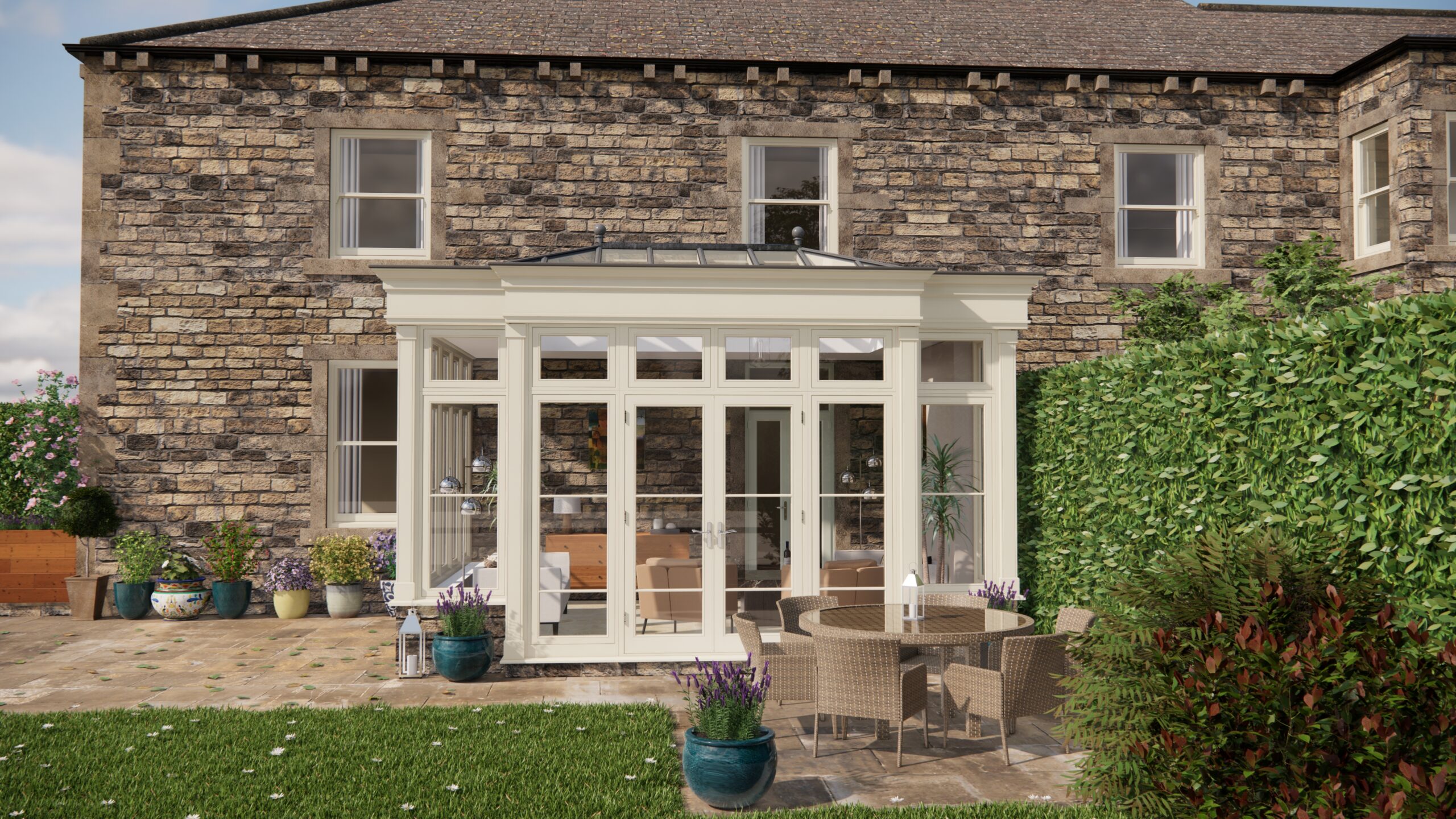Right, let’s talk orangeries and outbuildings when you’re dealing with a listed property. It’s a beautiful dream, adding that extra space, bathed in light, but the reality? Well, it can be a bit of a planning permission maze. I was chatting with Sienna the other day – she’s a conservation officer, incredibly knowledgeable – and we got deep into the nitty-gritty of Listed Building Consents. I thought I’d share what I learned.
First off, forget any notion of ‘winging it.’ Listed building consent is non-negotiable. And don’t even think about starting work before you’ve got it. Penalties are steep, and could include being forced to undo all your hard work. So, Step one: contact your local planning authority, specifically the conservation officer. It’s always best to start with an informal discussion. They can give you a feel for what’s likely to be acceptable and what’s a definite no-no. This initial chat is invaluable in saving you time and money down the line. Ask them about the specific ‘listing’ for your property; what aspects of it are considered historically significant? This forms the basis of any design considerations moving forward.
Sienna stressed the importance of ‘sympathetic design’. This isn’t just about aesthetics; it’s about understanding the historical context of your building. The key is to design your orangery or outbuilding so that it enhances, rather than detracts from, the existing structure’s character. Think about materials: matching brickwork is critical. Sienna told me about an article she’d read – ‘Matching Existing Brickwork: A Guide to Sourcing and Replicating Historic Bricks.’ Apparently, it provides practical advice on finding bricks that match the existing brickwork of a listed building, covering everything from sourcing reclaimed bricks to working with brick manufacturers. Worth a look! Blending is important too. Consider the roofline, window styles, and even the mortar colour. These details can make or break the overall integration of the new structure. It’s all about creating a seamless blend.
Beyond aesthetics, there’s the practical side. How will your orangery be heated? Underfloor heating is often a good option, as it’s less visually intrusive than radiators. Dampproofing is obviously crucial – rising damp can cause serious damage to historic fabric. And security is something to consider – modern security systems can be discreetly integrated. Sienna emphasised that all these elements need to be carefully considered within the context of preserving the building’s historical integrity. The conservation officer will want to see detailed plans, including materials specifications, heating and ventilation plans, and security arrangements. They’ll be looking for evidence that you’ve considered the impact on the listed building and taken steps to minimise any harm.
Now, let’s delve deeper into those Heritage Considerations. Sienna explained how any application for listed building consent needs to demonstrate a clear understanding of the building’s history and significance. This often involves submitting a Heritage Statement. This document outlines the building’s historical context, its architectural features, and the impact of your proposed works. It’s essentially an argument for why your orangery or outbuilding is a justifiable addition to the historic property. The more detailed and well-researched your Heritage Statement, the better your chances of success.
Finally, remember that patience is key. The listed building consent process can take time, especially if your proposals are complex or controversial. Be prepared to negotiate and compromise. The conservation officer is there to protect the historic environment, but they’re also usually willing to work with you to find a solution that meets your needs while respecting the building’s heritage.
So, where does that leave us? Sympathetic design and starting with an informal chat with a conservation officer are your friends. Matching materials and detailed plans and specifications should all be considerations too. Heritage statements can provide detailed support and, finally, make sure you are patient and ready to negotiate. Good luck, and happy building!


